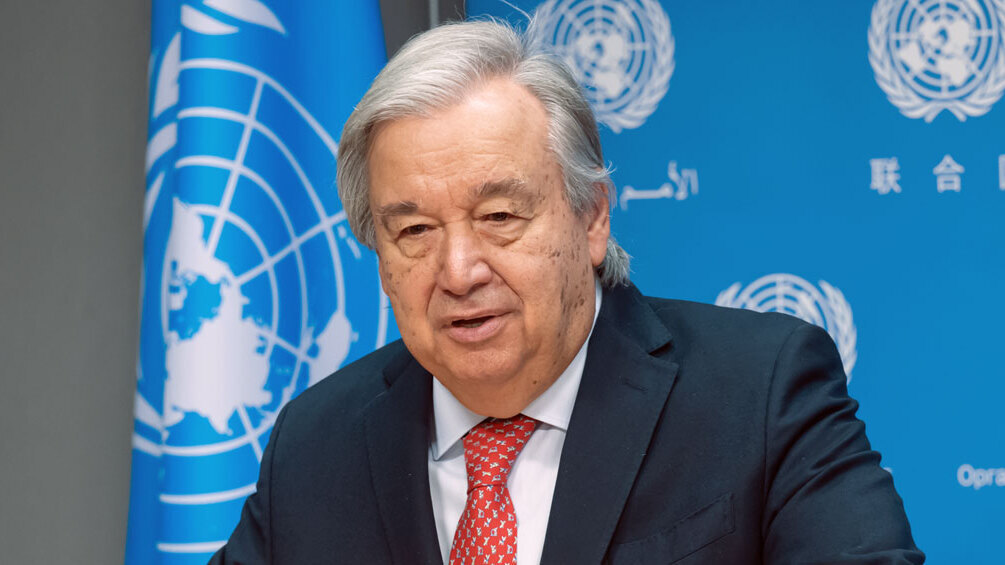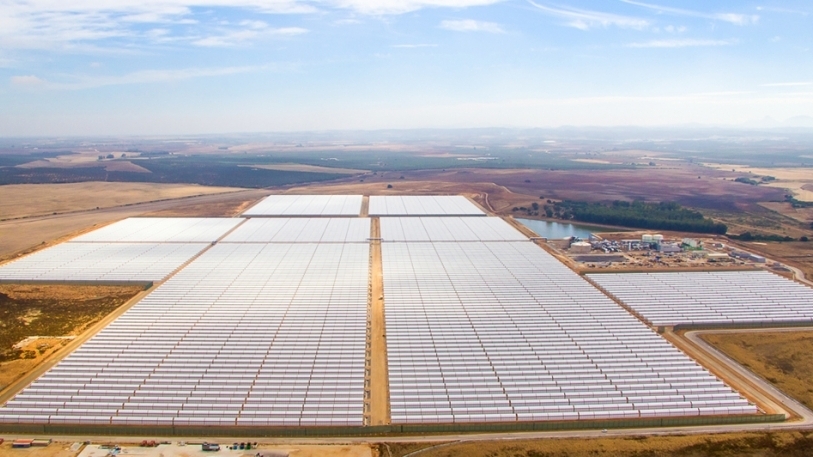
COP28: Climate adaptation slowing ‘on all fronts’ as finance gap swells
Progress on climate adaptation is slowing on all fronts with the current finance gap growing fast, primarily due to rising adaptation needs and faltering finance structures.
The current finance gap is at least 50% bigger than previously thought, according to a new UN report published ahead of the COP28 climate summit, which is kicking off today in Dubai.
Moreover, the United Nations Environment Programme (UNEP) has found that adaptation finance needs of developing countries are 10-18 times as big as international public finance flows, over 50 per cent higher than the previous range estimate.
As a result of the growing adaptation finance needs and faltering flows, the report warned that the current adaptation finance gap is now estimated to be $194 to $366 billion per year.
At the same time, adaptation planning and implementation "appear to be plateauing," as the UN body put it.
Net Zero Investor's Annual Conference | 11th December 2023 | London
"This failure to adapt has massive implications for losses and damages, particularly for the most vulnerable," wrote UN Secretary-General António Guterres in the report.
"There is a growing divide between need and action when it comes to protecting people from climate extremes," he added.
"Action to protect people and nature is more pressing than ever," Guterres stressed. "We are in an adaptation emergency. We we must take steps to close the adaptation gap, now.
"Even if we were to stop emitting all greenhouse gases today, climate disruption would take decades to dissipate."

The report stated that investments to mitigate the impact of climate change will pay off in the long run. For example, it refers to studies estimating that every billion invested in adaptation against coastal flooding leads to a US$14 billion reduction in economic damages.
Meanwhile, $16 billion per year invested in agriculture would prevent approximately 78 million people from starving or chronic hunger because of climate impacts.
Rethinking required
In addition, Inger Andersen, executive director of UNEP, stressed that the funds required for adaptation in developing countries are higher, estimated to be in a plausible central range of $215 billion to $387 billion per year this decade.
Despite these needs, public multilateral and bilateral adaptation finance flows to developing countries declined by 15 per cent to $21 billion in 2021, Andersen needed.
This dip comes despite pledges made at COP26 in Glasgow to deliver around $40 billion per year in adaptation finance support by 2025 and sets a worrying precedent.
“In 2023, climate change yet again became more disruptive and deadly: temperature records toppled, while storms, floods, heatwaves and wildfires caused devastation,” said Andersen.
One factor driving the slowdown in government funding for climate solution is the rise in Central Bank interest rates across developed markets, which has driven up the cost of public borrowing. Throughout 2023, central bank base rates in the US, Europe and the UK have more than doubled making governments more conscious of refinancing costs.
Private investment role
Public funding currently constitutes the main source of climate finance, with only $1.9bn of investments being derived from private sources, the report said.
It identifies the lack of country-level climate risk assessment as well as governance and behavioural biases as key obstacles to private investment in climate adaptation. But going forward, the UN sees a growing role for private sector finance in tackling the funding gap.
Rather than the governments attempting to cover the costs of climate adaptation in full, the public sector should set the right conditions for private
investments in adaptation, while keeping in mind the overall welfare of society, the UN said.
This would involve addressing three key market imperfections: Highlighting positive externalities, reforming imperfect financial markets and tackling incomplete or asymmetric information on climate risks, the report said.
Possible solutions could be the public provision of improved climate risk information (to address asymmetric information) or tackling high entry thresholds for financing through government-based financing support or risk sharing, the report proposed.
A key theme at this year's COP 28 Summit will be the establishment of a Loss and Damages Fund, as agreed during COP 27. The UN estimates that by the end of the decade, it would need more than $300bn in new funds per annum. At this year's summit, policy makers will discuss the development of new finance tools such as cat bonds in order to tackle funding shortfalls and attract greater levels of private investment.
Also read
COP28: how are gulf sovereign wealth funds investing in the energy transition?




